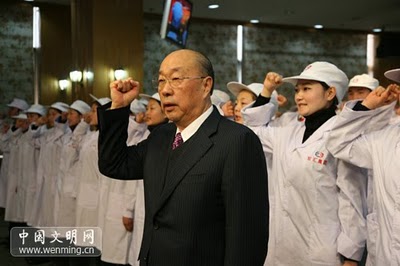Jim Rogers: “Nobody Gets Out Of This Situation Until There’s A Crisis”; new book Street Smarts is the best book written by Jim Rogers
May 31, 2013 Leave a comment
Jim Rogers: “Nobody Gets Out Of This Situation Until There’s A Crisis”
Tyler Durden on 05/30/2013 22:48 -0400
The following is GoldMoney contributing author Felix Moreno’s interview with famed investor Jim Rogers. We hope you enjoy it.
Félix Moreno: Please tell us about your new book, Street Smarts. What was your motivation for writing it?
Jim Rogers: To my surprise people tell me it’s my best book. I never would have expected this reaction. I’ve written a few books about specific things, but my publisher said, “look, you’ve never sort of pulled it together: how did you get from the backwoods of Alabama to Singapore” – among a few things. I had a few setbacks along the way, and a couple of successes. So I sat down to put it all together in the book, how it all worked and everything seemed to be worth it. Some people seem to enjoy it, to my delight. Read more of this post


















